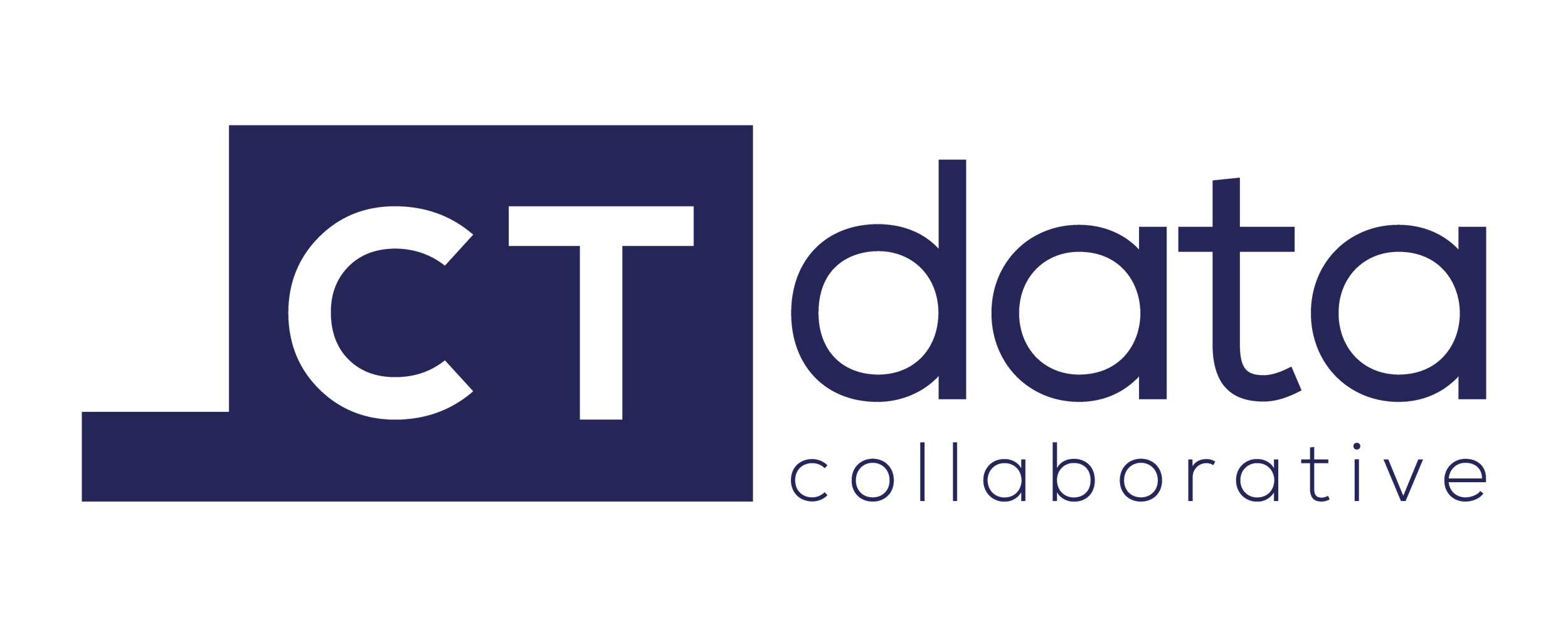On December 19th, 2024, the U.S. Census Bureau released their vintage 2024 population estimates for the nation and states. This estimates series incorporates a methodological change to how the Census Bureau estimated net international migration, resulting in substantially higher nationwide estimates of net international migration over the last several years.
Read MoreOn September 23, 2024, we introduced our new 2024 Population Estimates Dashboard through an informational webinar. This powerful tool provides easy access to Connecticut census data from 2020 to the present for each of the state's towns and planning regions, marking a significant step forward in making vital demographic information easily accessible to the public, researchers and policymakers.
Read MoreIn May of 2024, the U.S. Census Bureau’s Population Estimates Program (PEP) released their vintage 2023 population estimates for Connecticut’s towns. However, there are some important caveats to keep in mind when interpreting Connecticut’s population estimates. In this blog post, we discuss some errors and adjustments in the Census Bureau's population estimates for Connecticut and provide guidance for data users.
Read MoreLast month, the Census Bureau released an erratum informing the public that they had made a data processing error in the 2022 ACS domestic migration estimates for Connecticut and that data users should not use these migration estimates. This blog post discusses what happened, what data products were affected, and what data users should do.
Read MoreThe blended base is the estimate of the national, state, and county populations by age, sex, race, and Hispanic origin as of April 1st, 2020, that the Census Bureau has used in their population estimates since the 2020 Decennial Census. The blended base uses population totals from the 2020 Decennial Census, but the distribution of the population by age, sex, race, and Hispanic origin comes from other data sources.
In this blog post, we will:
Provide an introduction to the blended base and why it matters
Compare Connecticut’s blended base population estimates by age and sex to the 2020 Decennial Census counts for the state
Discuss the future of the population estimates base
Dive into more details on the blended base methodology for those who are interested
Connecticut’s Department of Public Health (DPH) has determined that the Census Bureau’s vintage 2022 population estimates are artificially high for certain Connecticut towns in 2021 and 2022 due to pandemic-related issues with the counts of residents in group quarters facilities.
This blog post:
discusses what happened;
explains the impact on population estimates for specific towns, planning regions and the state;
delineates which population estimates the state will be using for official purposes; and
provides some recommendations for data users on which version of the population estimates to use, and where to find these estimates.
Accurate population estimates are vital for informed decision-making and planning for the future. The U.S. Census Bureau produces annual population estimates that provide valuable population insights. This blog post explores the methodology utilized by the Census Bureau to produce these estimates, highlighting the data sources, statistical techniques, and considerations on when to use them.
Read MoreAccurate and reliable population data is essential as we strive to understand our communities and plan for the future. From determining congressional districts to allocating resources for schools and healthcare, population data drives decision-making at all levels of government and beyond.
In this blog post, we'll take a closer look at four commonly used sources of population data: the Decennial Census, American Community Survey (ACS), Population Estimate Program (PEP), and Connecticut Department of Public Health (CT DPH) Population Estimates. Continue reading to learn more about these sources.
Read MoreThe United States Census Bureau’s Population Estimate Program released its Vintage 2022 population estimates for towns in Connecticut for July 1, 2022. Bridgeport remains in the top spot, with the highest population at 148,377 people (an increase of 0.14%), but Mansfield’s population data showed the largest increase. Click to explore more.
Read MoreToday, the Census Bureau released the first postcensal population estimates for Connecticut’s nine planning regions. These nine planning regions are the new county-equivalent geographic units that the Census Bureau will be using for Connecticut (see our earlier blog post on this topic). This is the first Census Bureau data product to be released using Connecticut’s new county-equivalent geographic units.
Read MoreAt CTData, we often receive questions about changes in migration patterns before and after 2020 and the COVID-19 pandemic. Using three data sources from the U.S. Census Bureau, this blog post will look at recent migration patterns in Connecticut.
Read MoreEach year, the Census Bureau produces population estimates for each state and county that are different than the ACS t-year survey that many of us are used to. These are called Population Estimates, and these are the official measures of population & housing units between decennial censuses. In this conference session, you will learn about the methodology that undergirds these annual data and learn about the ways you can access the data through the US Census Bureau.
Read More